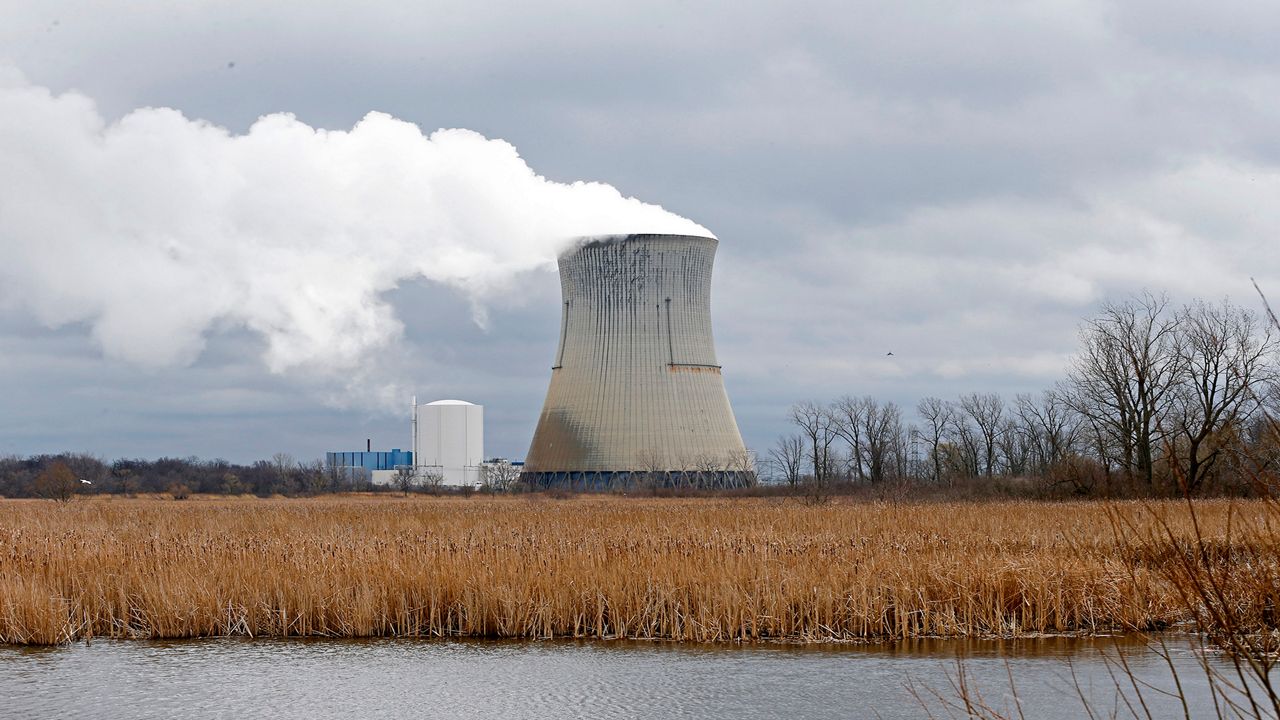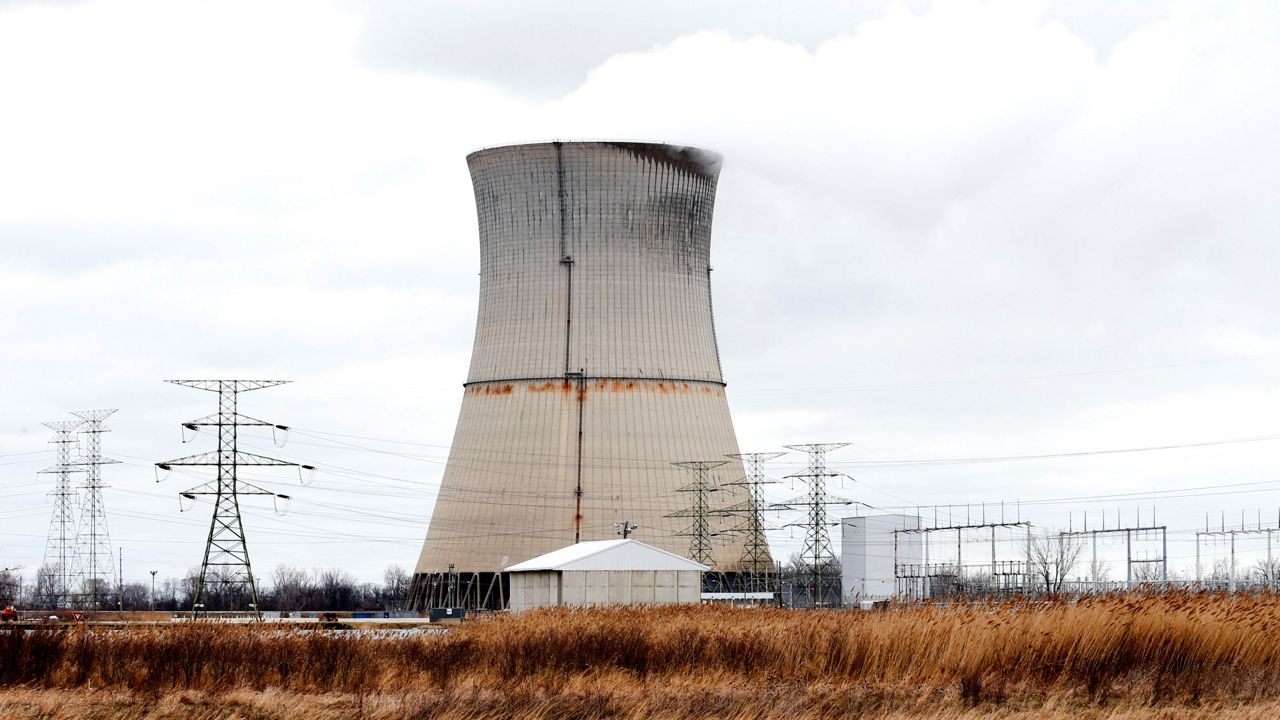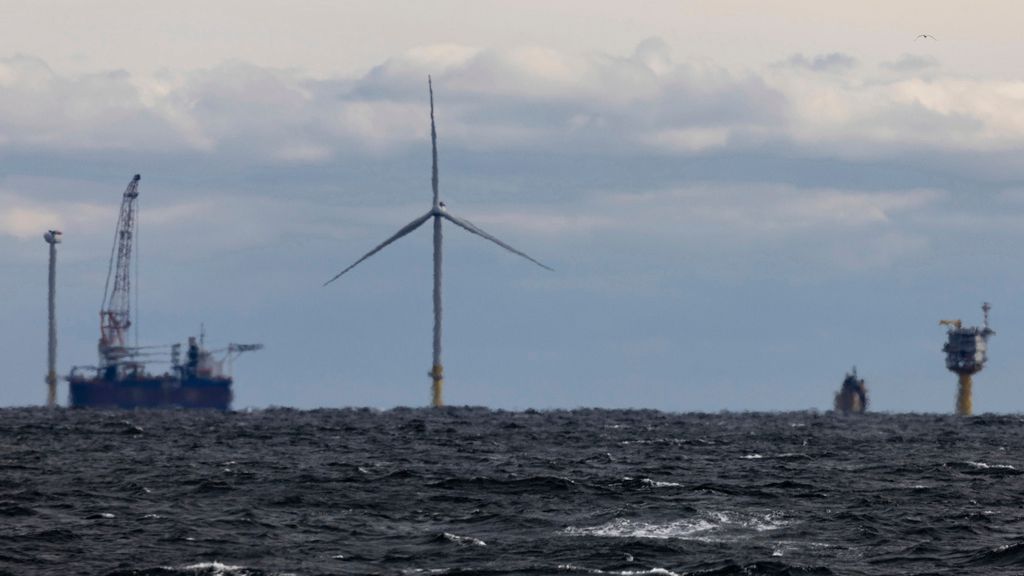The cost of creating wind power could be going up.
Politico and other news organizations have reported that all New York state Energy Research and Development Authority-contracted wind project developers are asking the Public Service Commission (PSC) for “inflation adjustments."
Anne Reynolds, executive director of the Alliance for Clean Energy NY (ACENY), told Capital Tonight that wind developers have felt the sting of inflation as acutely as everyone else.
“Just like all the household expenses have increased, the price of your groceries have increased, so has the cost to build these projects,” Reynolds told Capital Tonight.
Many of the wind projects were bid several years ago before the COVID-19 pandemic, Reynold explained. Since then, the costs of cement, steel and wind turbines have all increased.
How much additional funding each project has requested from the PSC depends on when the projects were originally bid.
“Ranging from 27% for some, all the way up to 70% for some other projects,” Reynolds said.
For land-based wind projects, the state estimates that the increases would translate into an additional cost to consumers of $1.57 per month.
Reynolds didn’t comment on the additional cost to consumers of offshore wind projects.

The PSC may rule on the inflation adjustment as early as Oct. 12. If the adjustments are approved, the additional funding will be triggered when the project reaches the construction stage.
“So, if the prices go back down, the inflation adjustment would be less,” Reynolds said.
If the PSC denies the inflation adjustment, Reynolds said the situation would be “bad."
“Both offshore wind projects, and the land-based wind and solar projects, have demonstrated that the prices have gone up for these projects. And so, they can’t get built at these prices,” she said.
The petitions cover about 90 renewable energy projects.
“A lot of them will get canceled,” Reynolds warned. “Some of them may successfully rebid.”
Another issue that has stymied renewable energy development in New York is the complicated but critical interconnection process overseen by the New York Independent System Operator (NYISO).
When asked if NYISO has been able to speed up the process, Reynolds responded no.
“To their credit, they’ve talked a lot about it; there’s a process underway. They just announced a new interconnection taskforce last week. But so far, the process is as lengthy as it has been,” she said.
Kevin Lanahan, vice president of External Affairs and Corporate Communications sent the following statement to Capital Tonight:
“The interconnection process that the NYISO administers was established to make sure each project can connect to the grid safely and reliably without harming the system or imposing undue costs on consumers. The state’s Climate Leadership and Community Protection Act jump-started significant investment in a decarbonized grid, and our interconnection queue grew virtually overnight.
“In 2019, 275 projects were under consideration. Today the queue holds more than 500. To meet these new challenges, we are working hard with all stakeholders to improve the interconnection process and are committed to doing all that is necessary to succeed. While we work to enhance the interconnection process, it is important to understand there are other factors – including supply chain challenges and inflation – that can delay or ultimately determine if projects are completed.
Maintaining a reliable electric system through this unprecedented grid transition is essential. We also know that delivering a cleaner, greener grid of the future is just as important for all New Yorkers. Working together, we can achieve both.”










